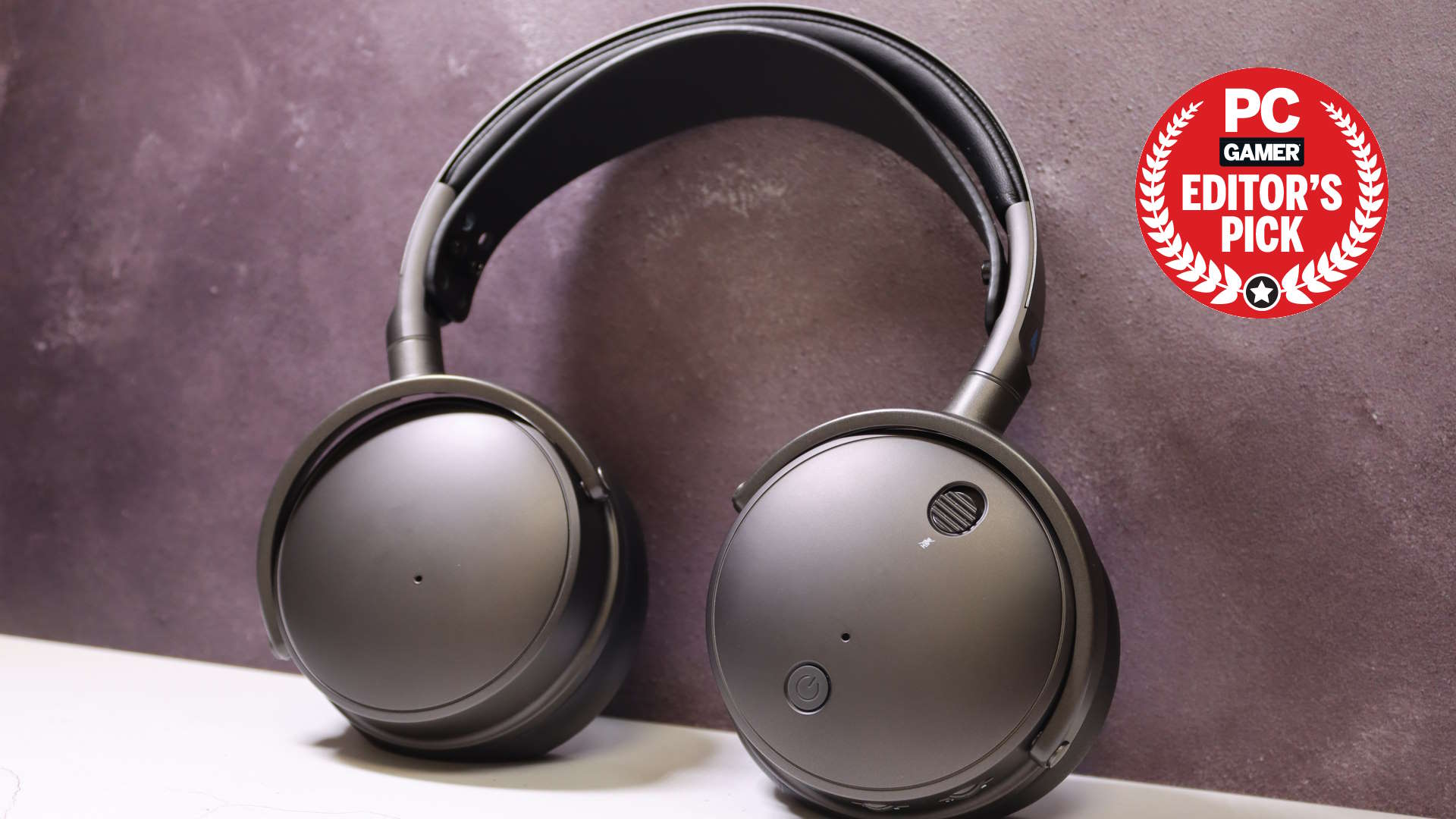Our Verdict
You can't really call a $300 wireless headset good value, but you won't find a better-sounding set of cable-free gaming cans at this price anywhere. The planar magnetic drivers deliver classically glorious Audeze audiophile sound, bringing any game world to vivid life completely wirelessly, too.
For
- Stunning sound
- Long battery life
- Fast charging
- Comfortable
- Good mic
Against
- Poor software
PC Gamer's got your back
I'm a naughty audiophile. Thankfully the new Audeze Maxwell gaming headset means I no longer have to be. You see, I love really good audio. I love the tingle down my spine that accompanies listening to a tune you know really well, but suddenly hearing something new in it; I love getting immersed in an all-encompassing game world now brought to vivid life, all because of the hardware I'm using.
But I'm also intrinsically lazy. It's a curse.
And that curse means I would rather not have to deal with the special hassle of wired headphones even if I know that I'm getting an objectively worse aural experience as a result. That's why I ditched the beautiful-sounding Audeze LCD-1 wired headphones from my home PC setup in favour of the cable-free Razer BlackShark V2 Pro.
Not that the wireless Razer cans are bad—they honestly sound as good, if not better, than the HyperX Cloud Alpha, which is high praise from me—but they just don't come close to the warmth or tonal clarity of a good set of planar magnetic headphones, of which the LCD-1s are, well, one. The BlackShark V2 Pro is, however, a wireless gaming headset; the freedom of movement, and general quality of life, that affords trumps the sound for me in general use.
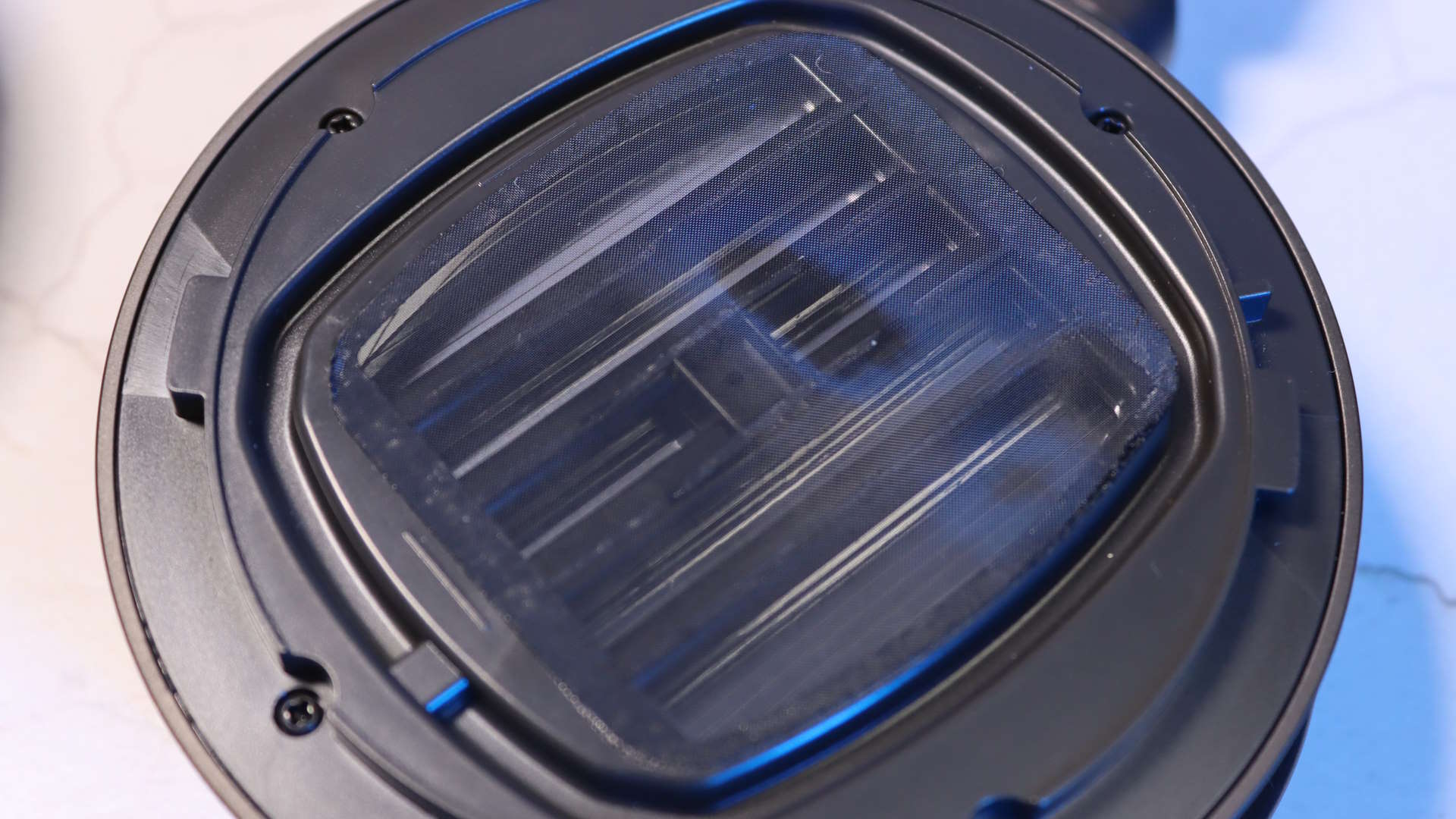
Style: Over-ear, closed-back
Driver: 90mm planar magnetic
Frequency response: 10Hz - 50,000Hz
Microphone: Internal beamforming, detachable hypercardioid boom
Battery life: 80+hours (@80dBA)
Connection: 2.4GHz wireless (Type-C dongle), Bluetooth 5.3, USB Type-C cable, 3.5mm analogue cable
Weight: 490g
Price: $299 | £319
But the Audeze Maxwell means I no longer have to make that compromise, because I can have both planar magnetic drivers, gorgeous sound, and a wireless gaming headset in one. In fairness, Audeze has already created such a gaming headset in its Penrose, but it lacked either the battery life or the high-res audio chops of this new updated Maxwell design.
So what's my obsessive deal with planar magnetic drivers? Your standard gaming headset uses dynamic drivers, which operate on a principle largely similar to traditional speakers. They have a cone-shaped diaphragm that is vibrated using a single magnet, and a magnetised coil, to generate sound. It's relatively simple, but creates a distinct shape of wavefront as the sound hits your ears.
With planar magnetic drivers, however, you (generally) have a pair of magnets either side of a flat diaphragm. Essentially, the way they generate sound waves is the same—using electrical currents to interact with the magnetic fields and move the diaphragm—but because of the wider, flatter structure of the driver the way the sound hits your ears is broader and more natural.
This is why planar magnetic drivers are able to create such a natural soundstage, and why I think they are the best technology for gaming headsets if you want to deeply immerse yourself in your chosen game world.
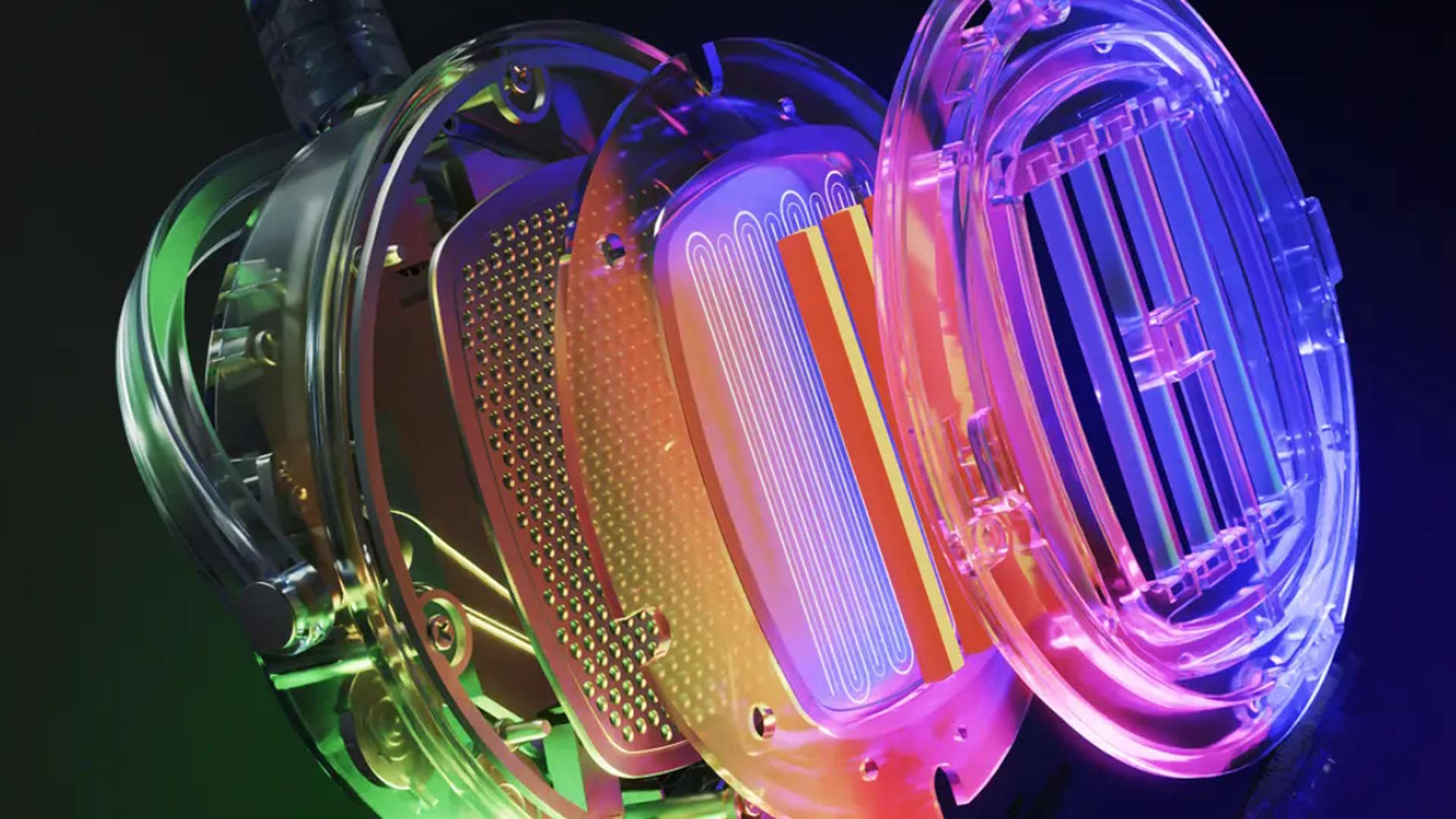
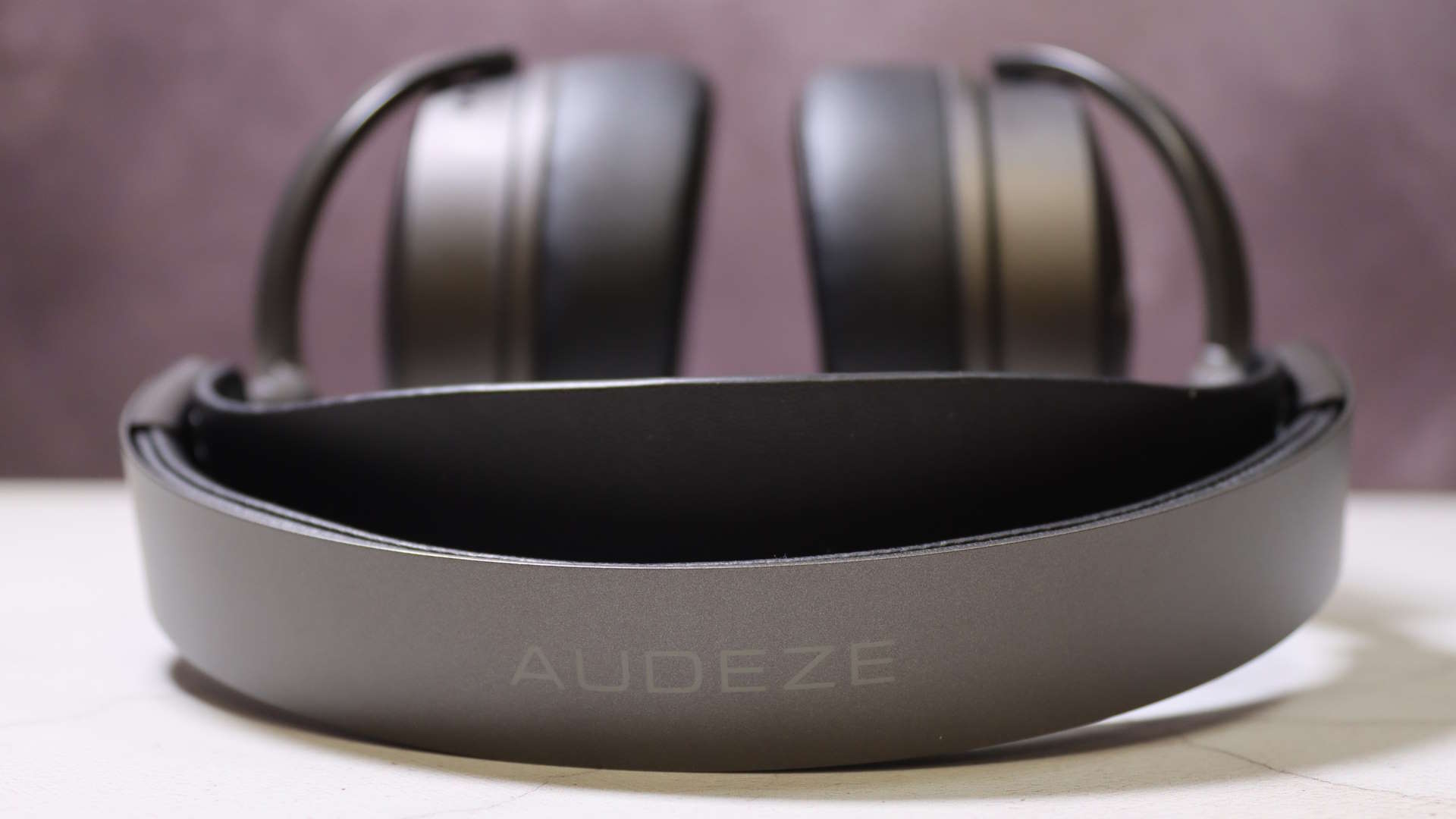
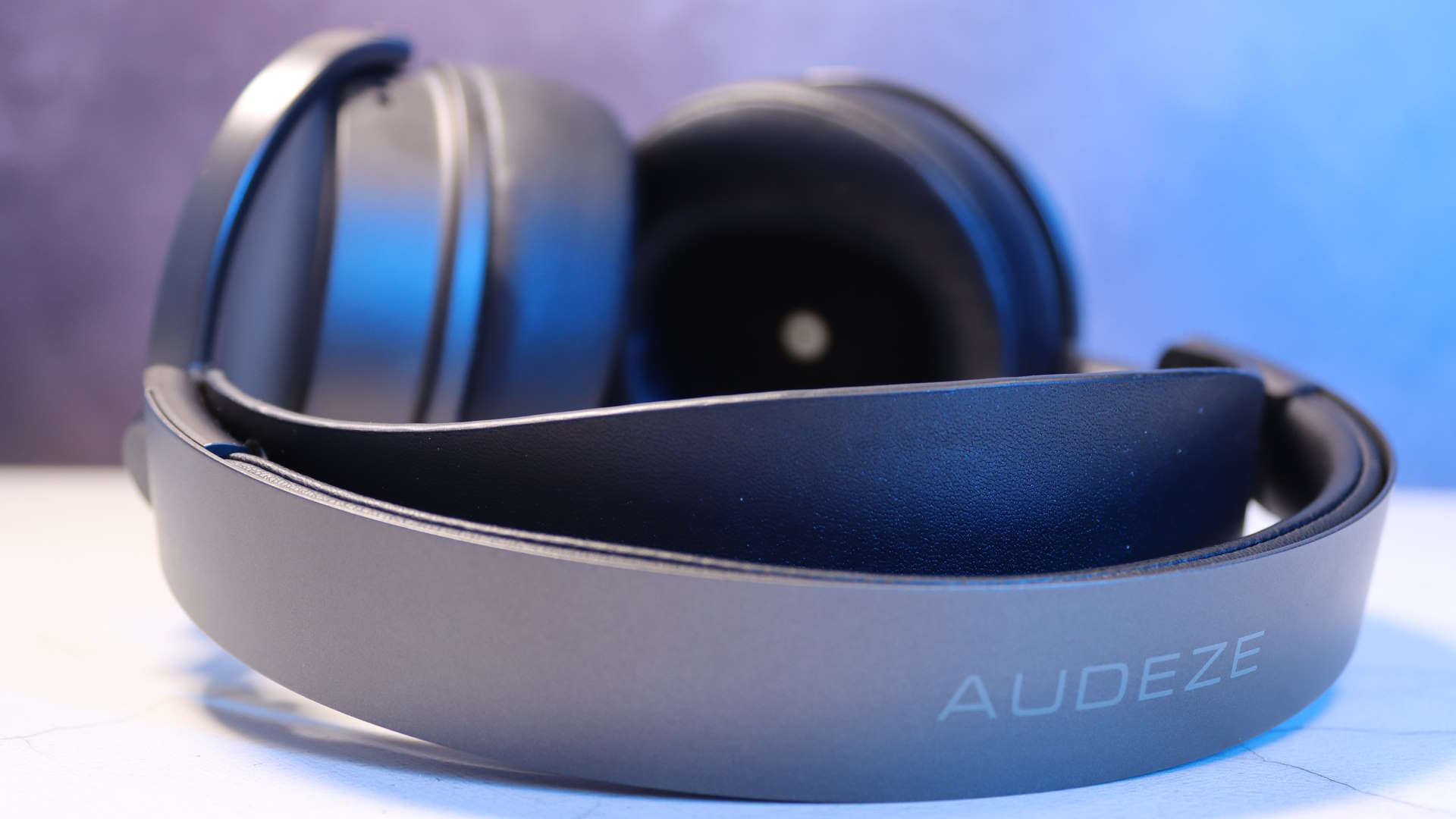
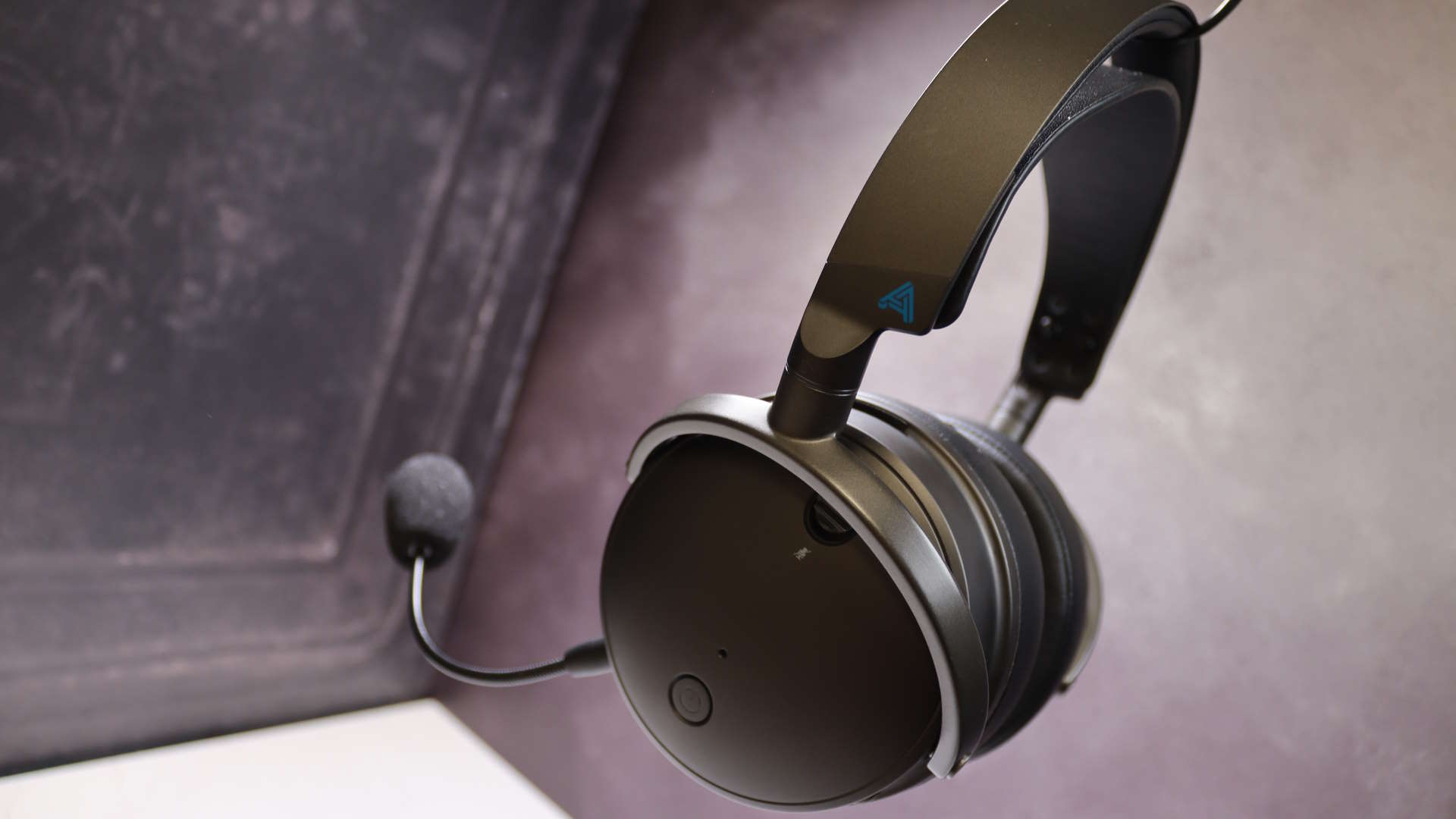
The main issue, though, is they end up being rather heavy as a result of the larger magnets. And in a wireless headset, that has to also contend with an added battery. Together the weight can become an issue. At 490g, the Audeze Maxwell is heavy, and there's no getting away from that. But thankfully the design of the headband and ear cups is such that I've never felt fatigued from wearing them, even after long gaming sessions.
The leather-looking head strap means the band is suspended on your head and the ear cups press in gently from the side. I've had headsets that fairly try and crush your jaw because of the force with which they try and grip onto your skull, conversely the Maxwell has never felt like it's got me in death grip. That said, it's secure and the asymmetrical design of the ear cups means you get a good fit and therefore some decent passive noise cancelling, too.
I'm into the overall aesthetic as well. The old Penrose looked and felt a little too 'gamer' for my tastes, and the more classic styling of the Maxwell works for me, and is more in keeping with Audeze's standard audiophile headphones. It's worth noting there are two discrete designs of the headset, however: an Xbox and a PlayStation version. The difference is either green or blue accents and an included Dolby Atmos license with the Xbox set.
For the PC user I'd recommend the PlayStation version; it's a little cheaper at $299, instead of $329, and you're not really losing any functionality. You're still getting all the goodness of the 90mm PM drivers, and all the same controls. Those are built into the left-hand ear cup, giving you the ability to adjust volume, game/chat mix, mic mute, and AI noise cancelling, too.
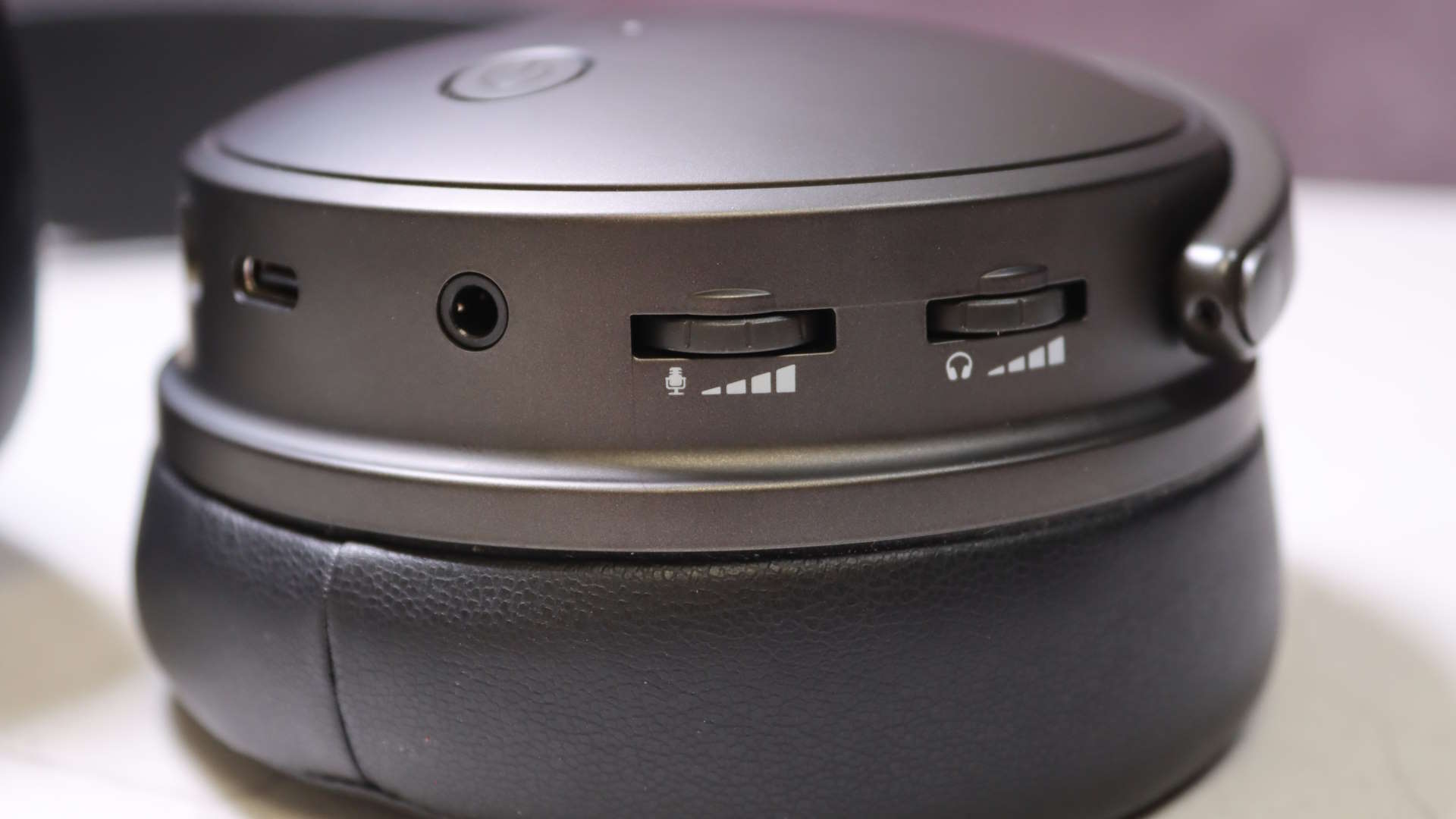
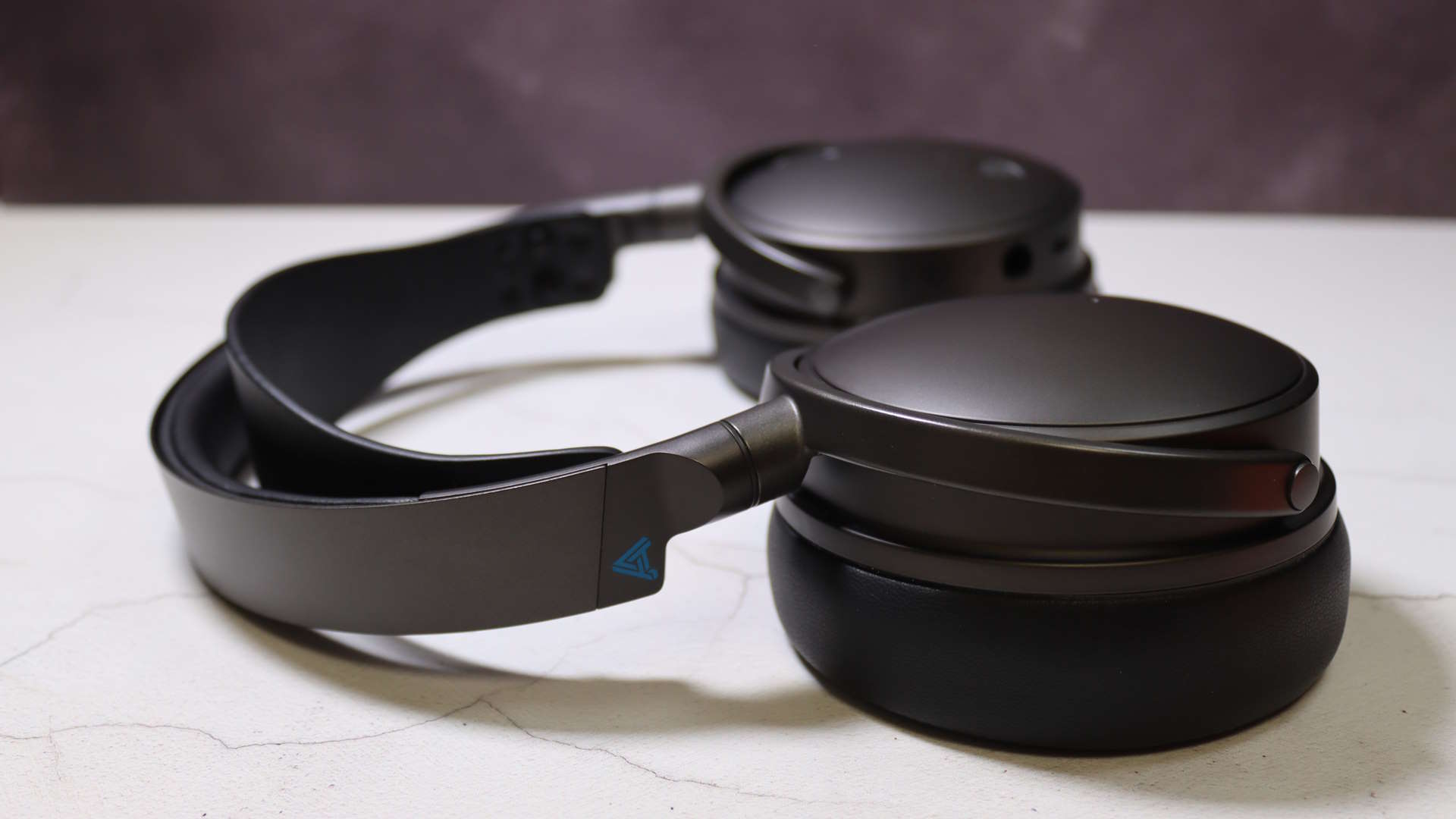
In terms of the actual connection, you have four choices. You can either connect through an analogue 3.5mm jack, a USB type-C cable, Bluetooth 5.3, or a low latency 2.4GHz wireless connection via an included USB type-C dongle. You can also set it up with both Bluetooth and 2.4GHz wireless at the same time, though that doesn't mean you can hear both at the same time. If it's connected to your phone and PC then if you get a call it will auto-switch to the Bluetooth input so you can chat.
And it's all super quick, and pretty slick. We're pretty used to latency not being an issue with 2.4GHz wireless, but Maxwell also allows for high-res audio to be flung over that wireless connection. With the Penrose you were limited to 16bit/48KHz, but the Maxwell goes all the way up to 24-bit/96KHz audio. If you were after proper audiophile wireless chops, Audeze has delivered here, and in a gaming headset.
The Bluetooth connection is rapid, too. I've gamed on a bunch of different wireless earbuds recently with the Steam Deck and hooked up to GeForce Now on my Nvidia Shield device, and few deal with the latency issues without some disappointing audio issues. The Maxwell happily connected to my Shield and delivered a gaming experience that was imperceptibly different to the wireless experience I had on my PC, the connection is that quick.
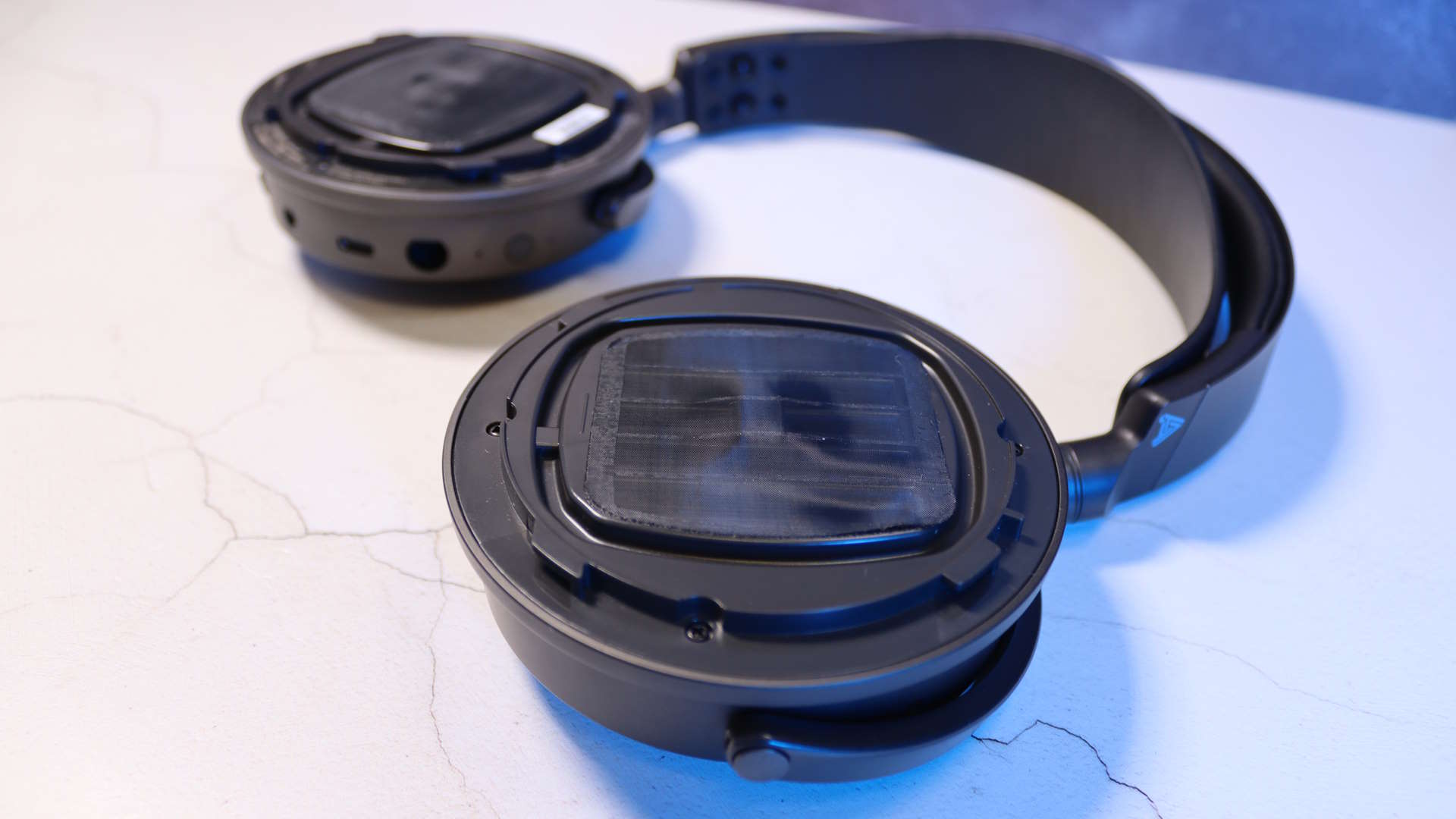

I'd stop typing just to listen slack-jawed to what was going into my earholes.
And then there's the audio. Ah, it's just great.
It honestly doesn't matter whether you're listening to high-res music (Tidal Master is my jam) or you're gaming, the Audeze Maxwell headset is able to deliver a sometimes astonishing aural experience. The main thing, for me, is the level of clarity and tonal separation I get with this headset—it's right up there with the best audiophile headphones I've ever used. That means being able to pick out and isolate practically any sound pumping at your ears, and it's that which makes listening to music you know well such a joy.
Suddenly hearing a bassline you'd never picked out before can be a real stop-what-you're-doing moment. And I had a bunch of those wearing the Maxwell headset during testing, where I'd stop gaming or typing just to listen slack-jawed to what was going into my earholes.
Something that has surprised me is that I've not really needed to burn them in, as I have with other planar magnetic headphones I've used, even my previous Audeze set. Previously, such headphones might sound a little too detailed out of the box, and potentially that made them a little sharp and spikey. But after a period of use they would warm up to the point where they become warmer and deliver a richer sound. The Maxwell headset, however, sounds great from the instant I hooked it up.
One of the really impressive things is the natural soundscape the drivers deliver even with a closed back operating principle. Normally you'd only get that expansive sound from an open back headset, yet the Maxwell offers clarity and excellent positional audio cues from your gaming environment. The flat wavefront of the planar magnetic drivers is what leads to that more natural experience as opposed to the targeted, shaped wavefront dynamic drivers deliver direct at your ears.
The other benefit of using planar magnetic drivers is the bass response. They can really plumb the depths of either bass-heavy music, or make you really feel the 'splodes. They're also far more capable of cutting the bass when it's no longer being generated, and that makes it feel far more punchy, too.
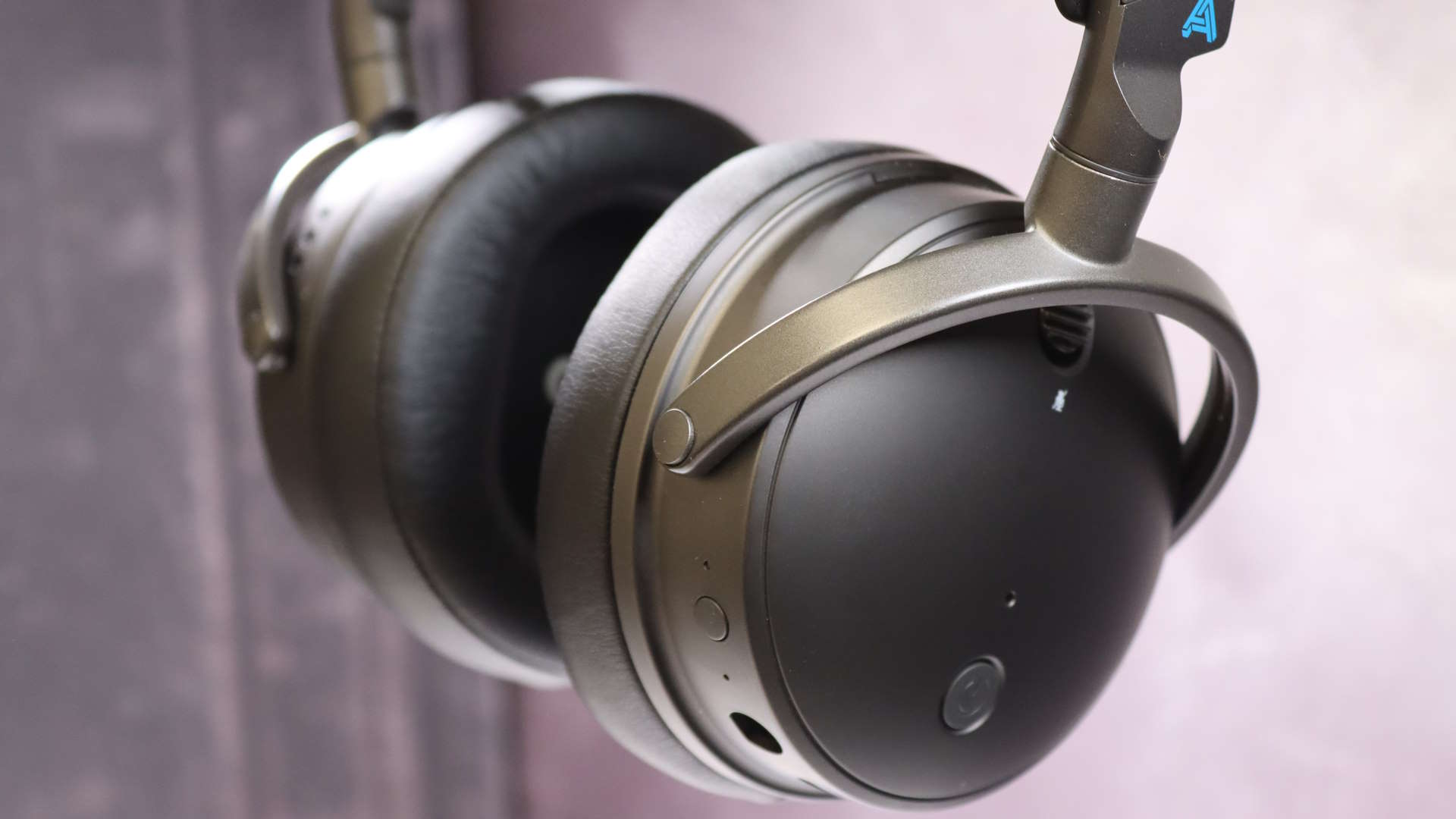
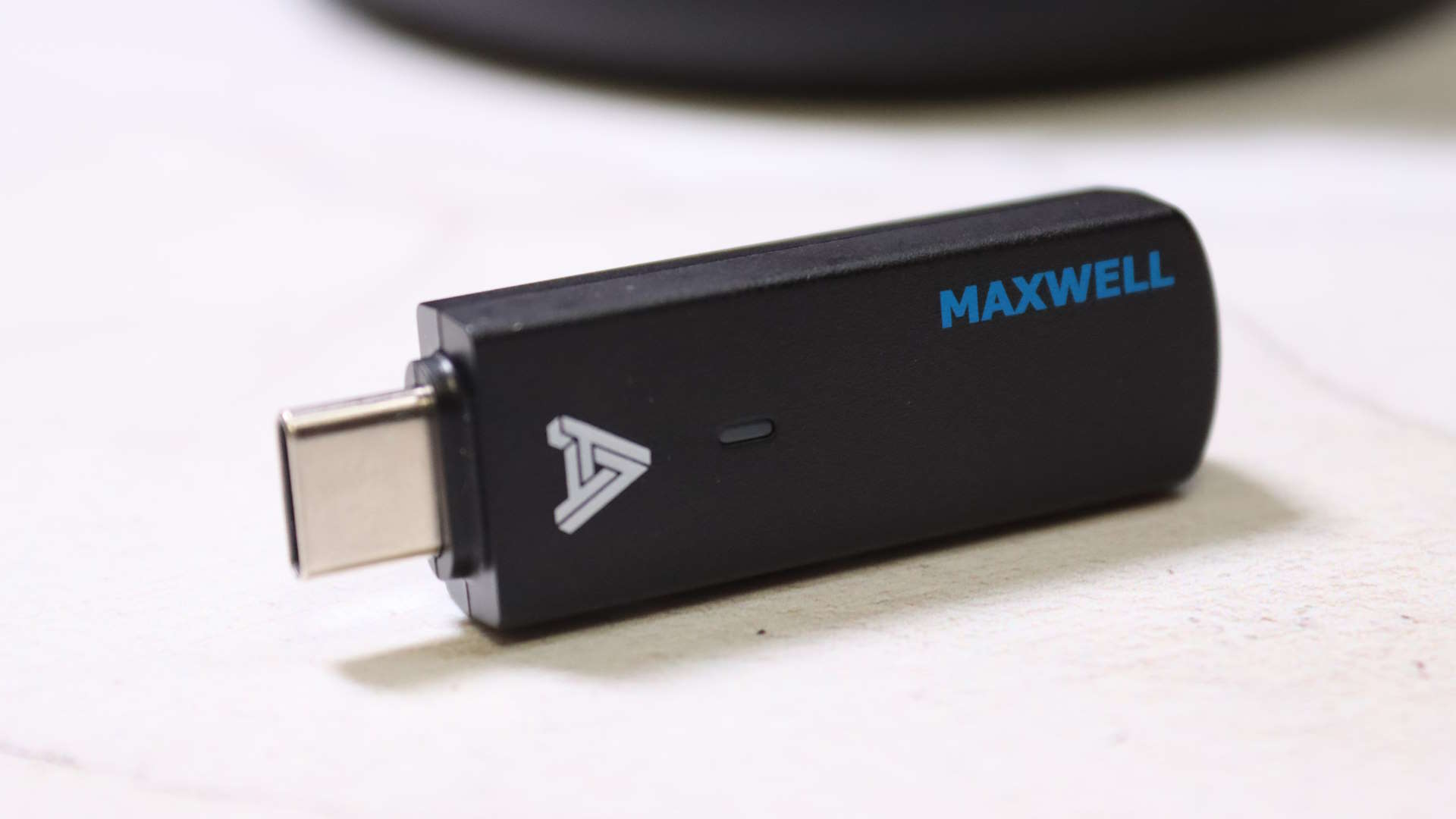
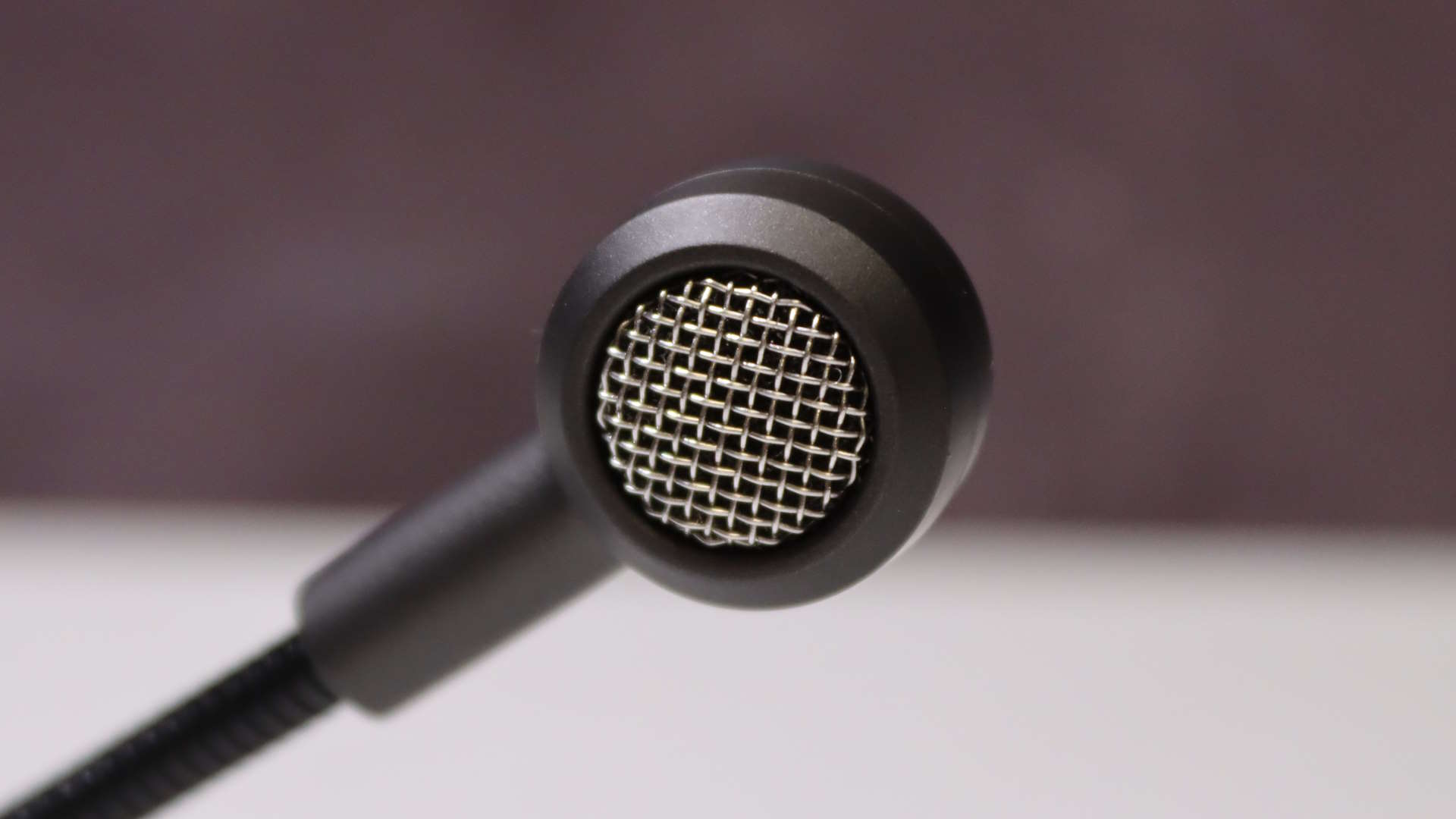
Finally, there's the microphone, which is generally the weakest part of a gaming headset. We have, however, seen improvements in this sphere recently, what with Audio-Technica's StreamSet absolutely nailing it. I'm not going to call the Maxwell's detachable boom mic broadcast quality, but I've been impressed with its clarity, too. There's also a noise filter you can access at the press of a button, which will help with background noise. On its highest setting you can sound a little robotic, but it's decent for sure.
There's also a fall-back option of internal mics using beamforming to capture your voice. For me, it's an emergency backup if you just want to quickly chat without having to plug in the boom mic, but makes the Maxwell supremely versatile.
What about battery life? I've been using the headset for weeks now and have only had to charge it a couple of times. Audeze is quoting an 80+ hour battery life, and I'm not going to argue with that, it's certainly there or thereabouts. It's also incredibly quick charging via USB type-C; you can pump the battery up by 25% in just 20 minutes.
The weakest part of the package, however—and it always seems to be the way of things in tech—is the software. The Audeze HQ app is clunky at best, inadequate at worst. Thankfully, you don't ever really need to go into the application itself because all the controls are available directly on the headset. But there are oddities, such as the EQ settings that offer six different presets, and another four presumably editable ones. Except there's no capability to do that. There's also supposed to be a five-band equalizer for the mic, so you can tune it "to sound just right" except again the software doesn't give you access to that.
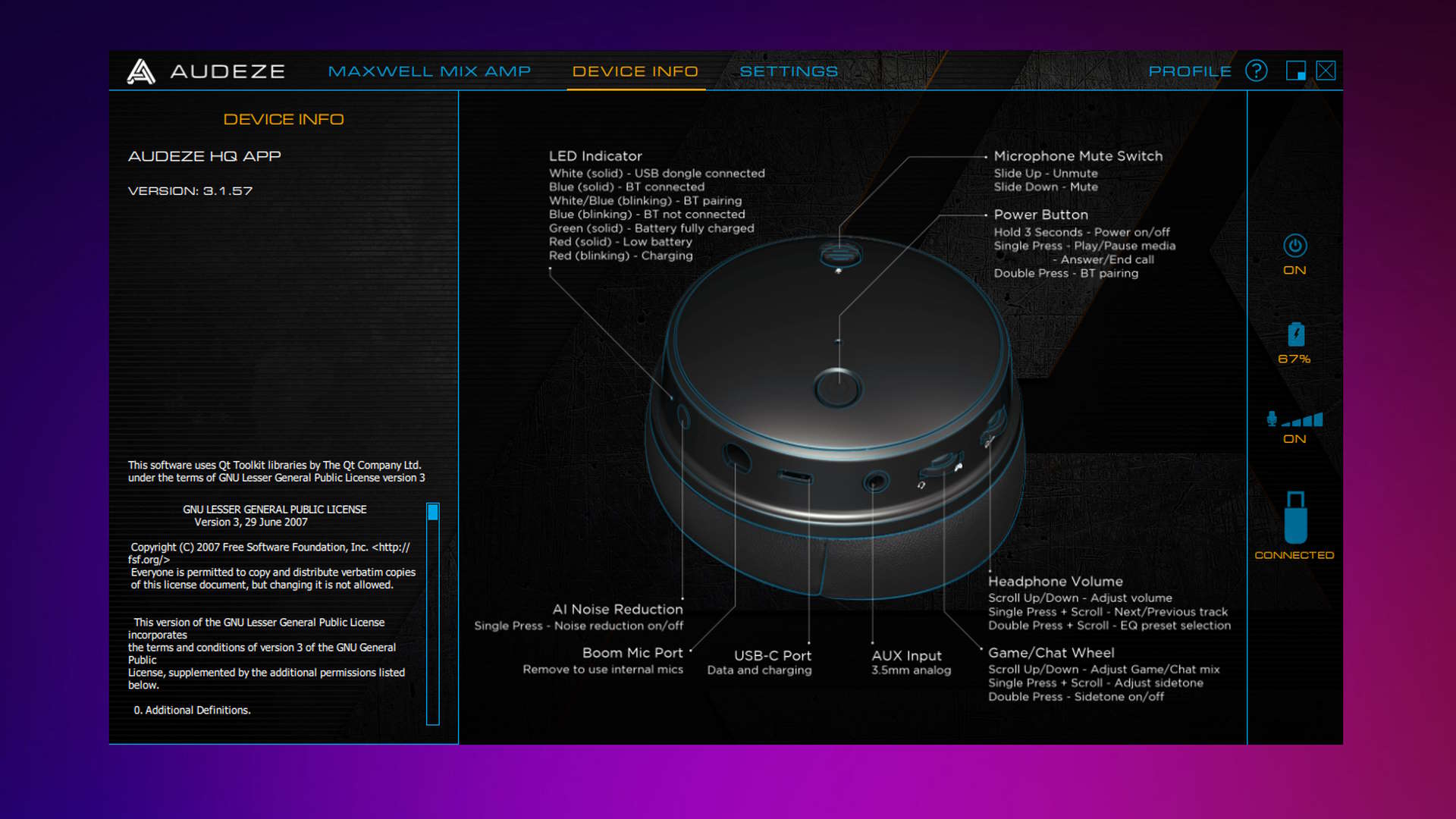
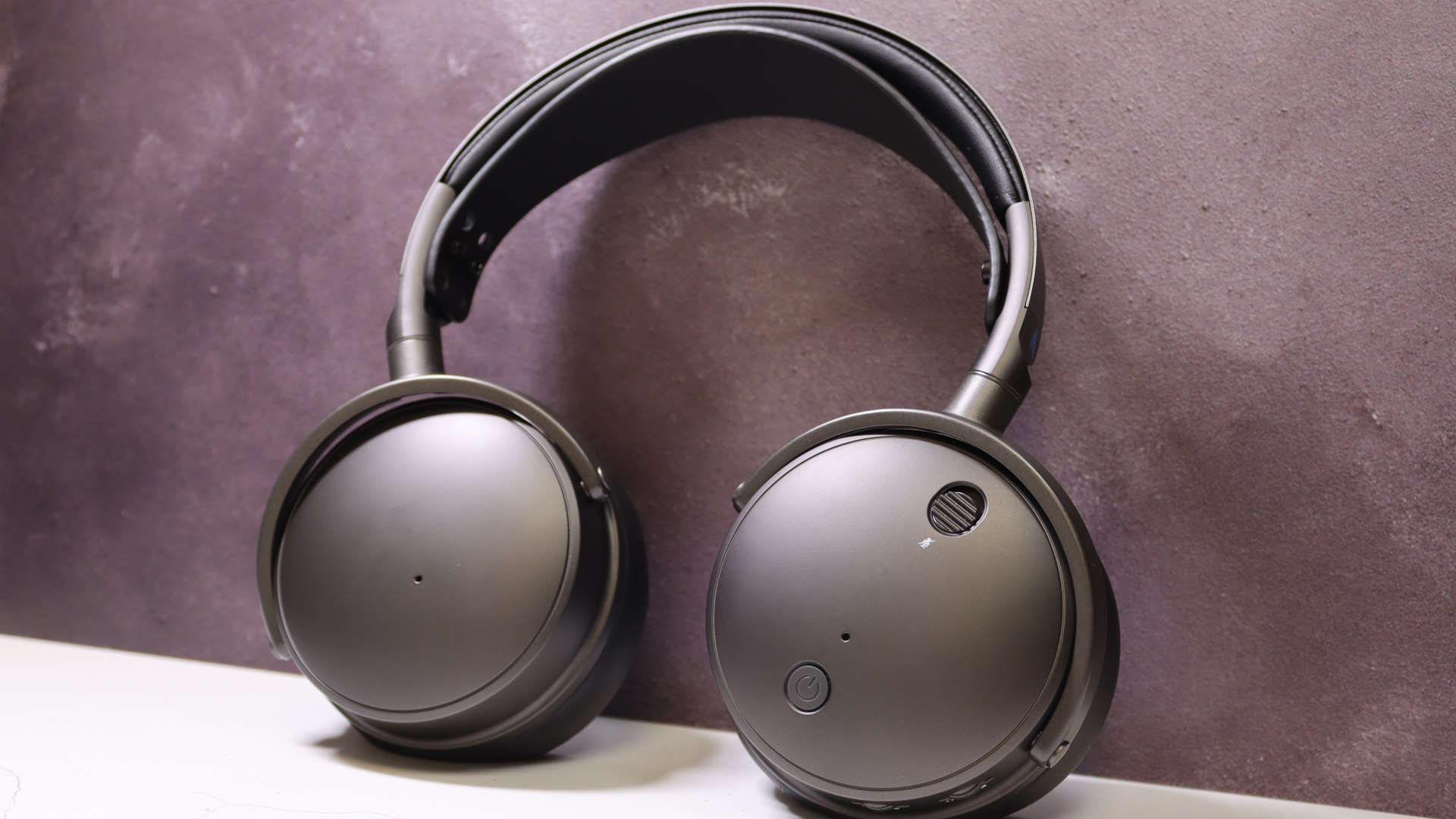
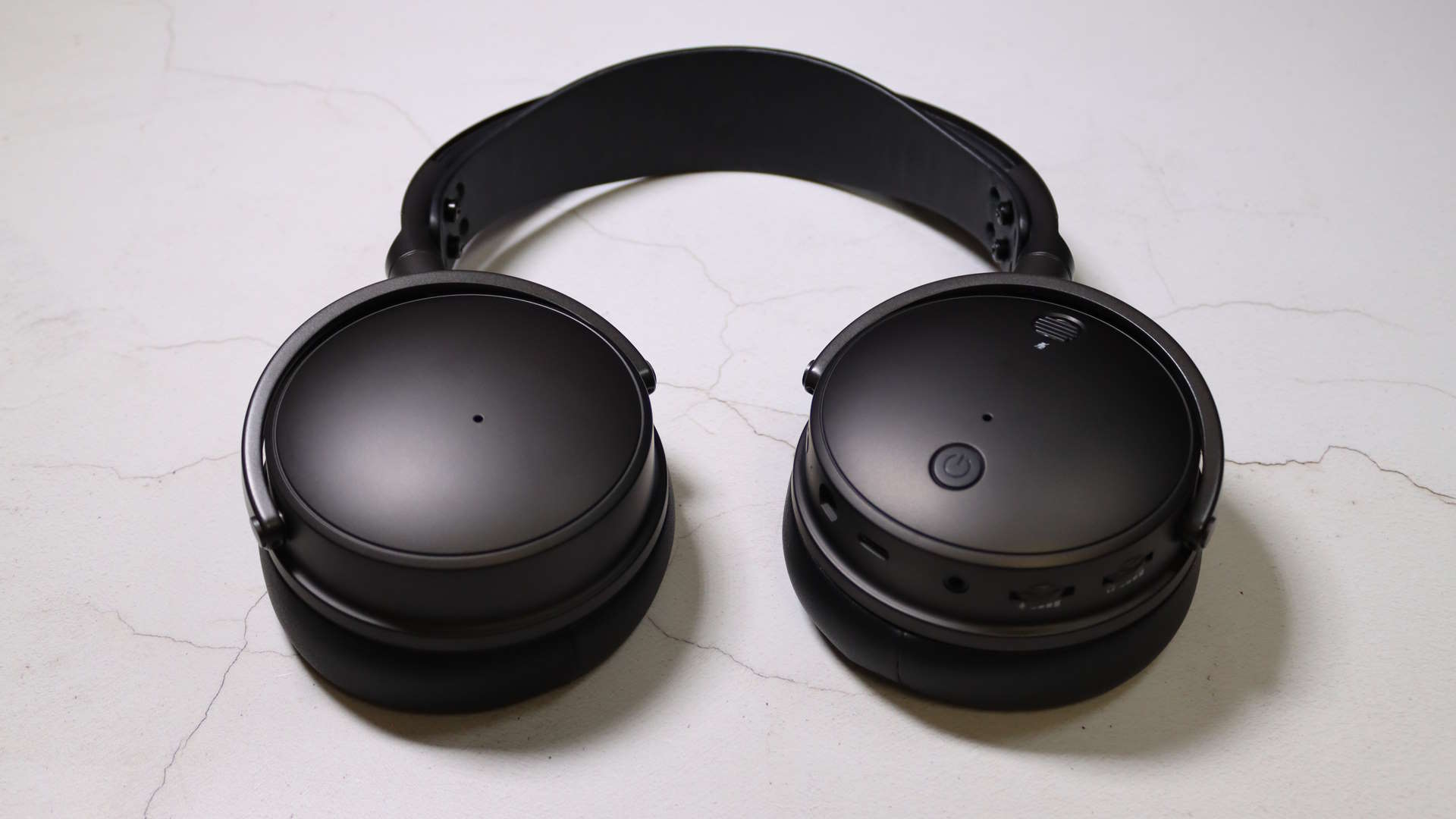
The best aural experience you're going to get in a gaming headset.
That's certainly not a deal-breaker for me, however, all I want the Maxwell to do is sound great over wireless and not run out of battery during my game time. And in that it excels. In fact, I'm finding it hard to justify any other high-end wireless gaming headset on the market. The HyperX Cloud Alpha Wireless has that exceptional battery life, and the Razer BlackShark V2 Pro is a little more affordable still, but if you're after audiophile sound in a wireless headset nothing else comes close to the Maxwell. Certainly not for the money.
Sure, $299 is a lot of cash to drop on any peripheral, but that's not a lot of cash to spend on a planar magnetic headset, even less so on one that's capable of high-res audio over wireless to boot. It's certainly a better value bundle than the SteelSeries Arctis Nova Pro, our previous favourite high-end headset, and a better-sounding one, too.
The Audeze Maxwell is absolutely now my daily driver of a headset. It services both my desire for wireless freedom and my pretentious audiophile pretentions, and it's just the best aural experience you're going to get in a gaming headset.
You can't really call a $300 wireless headset good value, but you won't find a better-sounding set of cable-free gaming cans at this price anywhere. The planar magnetic drivers deliver classically glorious Audeze audiophile sound, bringing any game world to vivid life completely wirelessly, too.

Dave has been gaming since the days of Zaxxon and Lady Bug on the Colecovision, and code books for the Commodore Vic 20 (Death Race 2000!). He built his first gaming PC at the tender age of 16, and finally finished bug-fixing the Cyrix-based system around a year later. When he dropped it out of the window. He first started writing for Official PlayStation Magazine and Xbox World many decades ago, then moved onto PC Format full-time, then PC Gamer, TechRadar, and T3 among others. Now he's back, writing about the nightmarish graphics card market, CPUs with more cores than sense, gaming laptops hotter than the sun, and SSDs more capacious than a Cybertruck.
